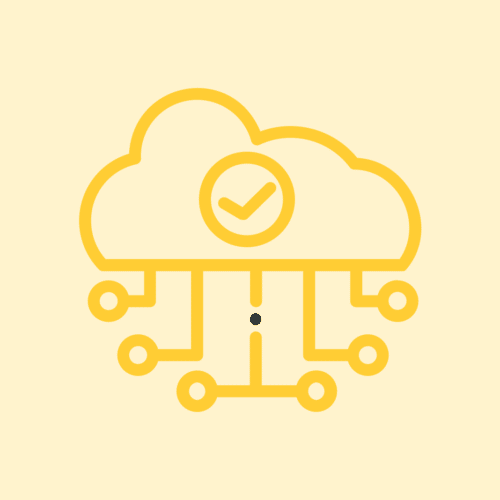BLOG
Three Tips for Getting the Most Out of a Connected HVAC System
In the ever-evolving landscape of IoT and HVAC technology, connected HVAC systems have emerged as a game-changer in optimizing energy efficiency, comfort, and maintenance of heating, ventilation, and air conditioning systems.
However, to truly reap the benefits of industrial IoT, it’s crucial to approach the journey toward connecting devices thoughtfully. We’d like to share three essential tips for getting the most out of a connected HVAC system.
Tip 1: Have a Clear Use Case
The first step to optimizing a connected HVAC system is to have a clear use case. Whether you’re creating the solution as an engineer, designing it into a building, or installing it as a facility manager, understanding the specific goals you want to achieve with connectivity is paramount.
Here are three common use cases:
- Remote monitoring and control: Access and control your HVAC system remotely, allowing for adjustments based on real-time data and personal preferences. While this may seem like a use case that is already universal given the wide adoption of WiFi-enabled thermostats like Nest and Ecobee in residential applications, it’s still common for commercial installations to “roll a truck” for even basic control like turning off the heat in the springtime.
- Analytics for predictive maintenance: Leverage data analytics to predict potential issues before they occur, enabling proactive maintenance and minimizing downtime. For small- and medium-sized businesses, unexpected maintenance on an HVAC system can make or break profitability.
- Energy cost savings: Implement energy-saving strategies by analyzing usage patterns and optimizing HVAC settings based on occupancy and environmental conditions. Especially in larger installations, energy costs can be a large part of the operating budget. Small changes that are implemented because of insights gained from usage patterns can make a significant impact on overall energy costs.
Check out our full article to discover how Monaire, a start-up in the HVAC IoT space, uses connectivity to make an immediate positive impact for their customers.
Tip 2: Picking the Right IoT Connectivity Solution
Choosing the right IoT connectivity solution is critical for the success of a connected HVAC system. After you understand your use case, it’s important to choose the connectivity solution that fits best. Devices can be added to the Internet of Things in several ways, and while there are several main choices, each has pros and cons to consider.
WiFi is the most common solution for IoT connectivity. It’s easy to use, supports high-speed data transfer and constant connectivity, and doesn’t require ongoing connectivity costs. It’s also a very low-cost hardware solution. The challenges with WiFi are that constant connectivity relies on the WiFi network at the installation (what if the password changes?), WiFi range is somewhat limited (is there good connectivity on the building’s roof?), it’s not the lowest power option and doesn’t work for many battery-powered applications.
Cellular connectivity for IoT devices is the most user-friendly solution because the end user doesn’t even need to think about the connectivity–it just works. A product that contains cellular connectivity will likely connect without any hassle by the end customer because cellular solutions can often connect to any available network and cellular coverage is available nearly everywhere. The main downside to cellular connectivity is that it requires an ongoing connectivity cost to the cellular providers, so the application must support a higher recurring monthly cost. Cellular chips are also more expensive than WiFi, and require more power, so they are not the best option for very low power battery devices.
For a deeper dive into IoT connectivity solutions, you can read our recent whitepaper on this topic.
Tip 3: Don’t Assume Connectivity Is Easy
Connected HVAC systems hold immense potential, but implementing them isn’t without challenges. Acknowledge the complexity and take a thoughtful approach.
One key consideration is to understand the difference between a prototype and production. Moving from a prototype to a scalable, production-ready system requires careful consideration of factors like security, scalability, and reliability. It’s relatively easy to find or build a prototype solution that can do 80% of what you need, but you may encounter significant challenges as you scale up your solution for a real commercial application.
To learn more about other common challenges that we see with early forays into the connected space check out our full article.
Unlocking Full Potential
To maximize the benefits of a connected HVAC system, prioritize a clear use case, choose the right connectivity solution, and understand the challenges involved. By following these three tips, users can unlock the full potential of connected HVAC systems, achieving energy efficiency, cost savings, and enhanced control. Embrace the opportunities, but approach the integration with the awareness that success requires strategic planning and a commitment to addressing potential obstacles.
KEEP READING: Discover how your business can enhance its connected HVAC system’s performance by delving into our full article.









